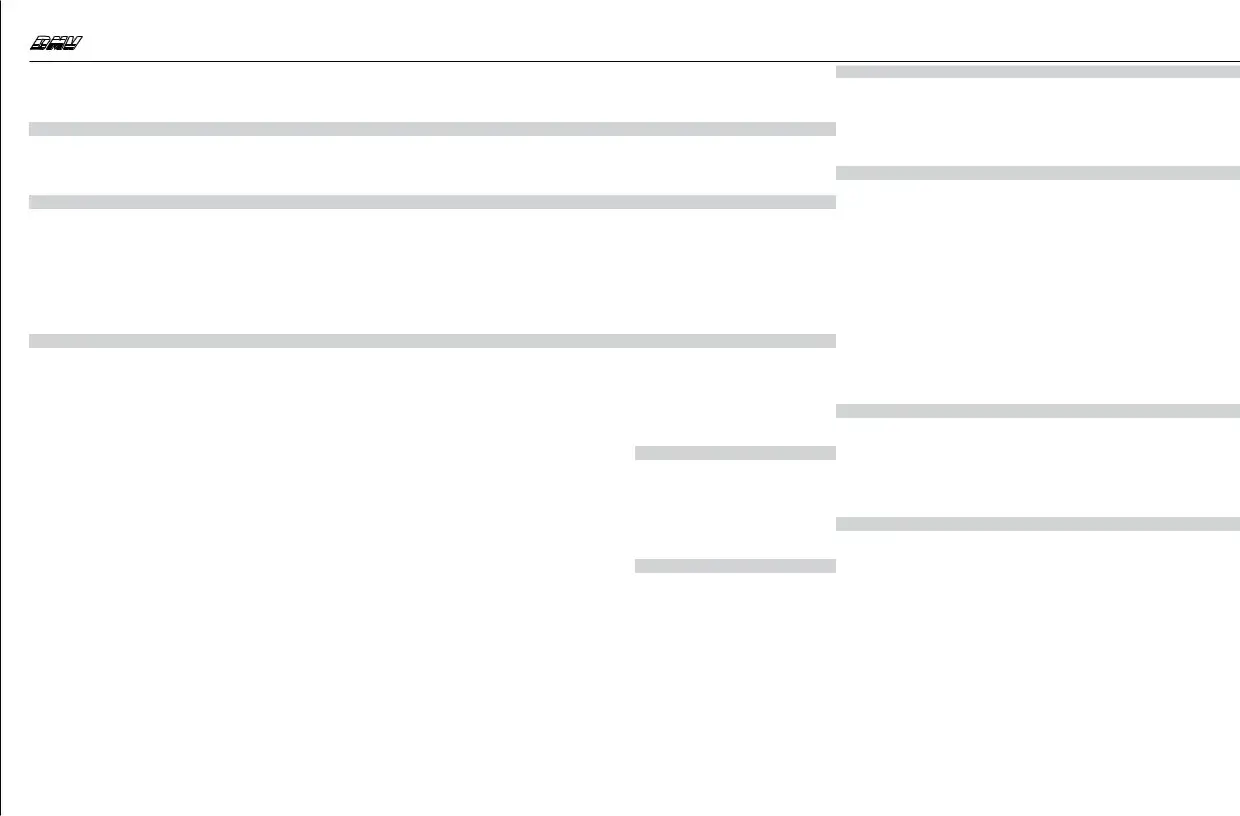What is the CDL Pretrip Exam form?
The CDL Pretrip Exam form evaluates the safety and operational condition of various commercial vehicles. This form is required to be completed and passed before candidates can proceed to the skills and road tests for obtaining a Commercial Driver's License (CDL).
Who needs to complete this form?
Individuals seeking a CDL in California must complete the CDL Pretrip Exam form. It's essential for those planning to operate commercial motor vehicles, including trucks and buses, as part of their licensing process.
What are the passing criteria for the Pretrip Exam?
To pass the Pretrip Exam, you must correctly answer a sufficient number of questions based on the type of vehicle. For Class A vehicles, at least 35 correct answers are needed. For Class B and C vehicles, passing scores vary, so refer to the specific form section for details.
How many errors are allowed in the overall skills test?
During the skills test, a maximum of 12 errors is permitted. Exceeding this limit will result in an unsatisfactory performance, requiring you to retake the test.
How is the Pretrip Exam structured?
The Pretrip Exam comprises various sections assessing different vehicle systems, such as the engine, brakes, lights, and safety equipment. Each section includes specific questions and criteria that must be evaluated accurately.
What happens if I do not pass the Pretrip Exam?
If the Pretrip Exam is not passed, you will need to review the areas of difficulty and retake the exam. Failing to pass the exam means you cannot move forward to the skills or road tests.
Can I review the form before taking the exam?
Yes, it is highly encouraged to review the CDL Pretrip Exam form and understand the vehicle components and safety checks required. Familiarizing yourself with the vehicle and the form will increase your likelihood of success.
What should I bring to the exam?
On exam day, bring your California driver's license, any required identification, and the vehicle you will be testing. In addition, it's beneficial to have a copy of the CDL Pretrip Exam form for practice and reference.


